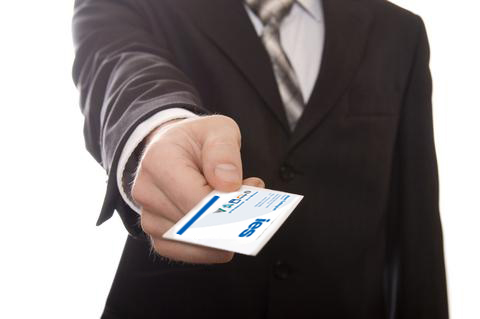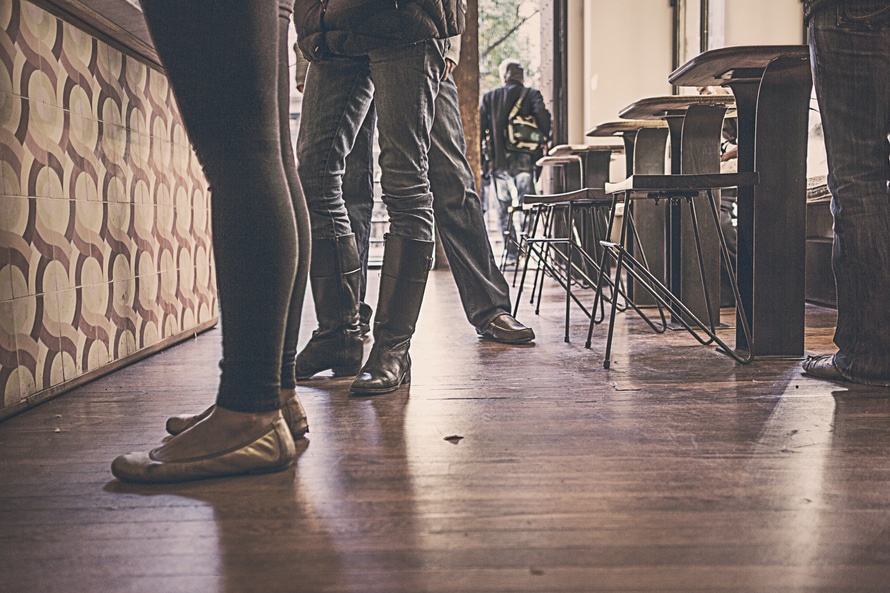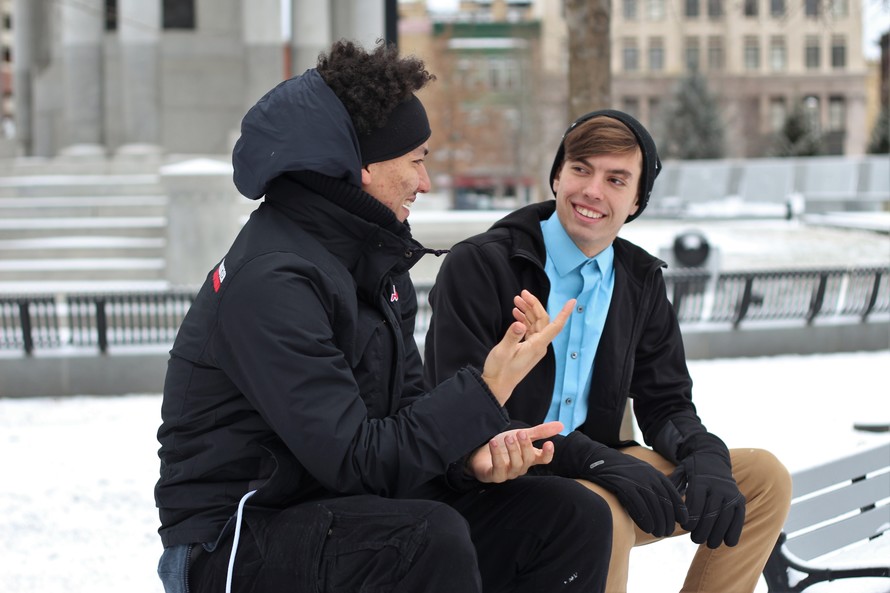Knowing how to ‘work a room’ is a valuable talent.
Make it your mission to meet as many people as possible. Don’t spend all of your time with only one or two people. Even if you buttonhole CEOs, they probably don’t want to spend the whole evening with you glued to their elbow.
Introduce people to other people: everyone is there to meet people. By introducing people you know to others, you are helping the process and creating goodwill to boot.
Obviously, you are there to sell yourself, but don’t just turn into a speechmaker.
Ask questions to get others talking about themselves. Most everyone likes to talk about themselves. And, you could learn some valuable info that you can use later. For example, if someone mentions that their son is on the football team at school, at another meeting it makes a great opening to ask about how their son’s team is doing.
Reserve two pockets for business cards. One pocket is for your cards. The other pocket is where you put cards you receive from others. This keeps them separate and you don’t hand out someone else’s card inadvertently.
Turn your cell phone off. Interruptions are distracting and make it appear that you value your caller more than the person you are talking with.
The old adage of not discussing politics or religion holds true. With so many divergent opinions out there, you do not want to get embroiled in an argument you cannot win. It is the best way to make a bad impression.
And, lastly, industry receptions may look like a party, feel like a party and sound like a party – but they are not parties. They are social business events. If you drink too much and make a fool of yourself, people will remember that about you for years.















